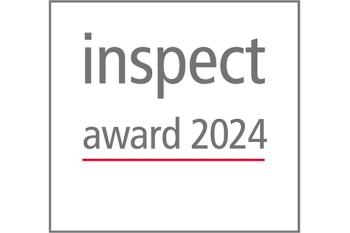How to Face Constantly Increasing Pressure on Tolerances
26.08.2016 -
Manufactured parts produced by the automotive and aerospace industries are becoming more complex. Tolerances that must meet quality control and metrology standards are now increasingly sophisticated and optimized.
Moreover, clients are asking their suppliers to ensure their own compliance control (GD&T= Geometric Dimensioning and Tolerancing), which was previously a mere input control sample to assess a lot’s compliance. All this puts a lot of pressure on metrology and quality control teams.
How can we deal with constantly increasing pressure on tolerances?
Tolerances that must fulfill quality control requirements in the automotive and aerospace industries have been evolving. First, let’s take a look at the reasons for this evolution in metrology.
(A) Tighter tolerances in the manufacturing of car bodies: Assembly quality has a direct impact on the value perceived by the customer. Therefore, major 'historical' European, North American, and Japanese manufacturers use this important differentiator to stand out from ‘low cost’ brands. It is also how generalist manufacturers can come closer to high quality and luxury standards, and, again, stand out from ‘low cost’ vehicles. In terms of body parts, it means controlling very complex freeform shapes.
(B) Tighter tolerances in the manufacturing of aircraft fuselages: Fuselage quality directly affects fuel consumption, which represents the bulk of airline companies’ operating costs. Being as close as possible to the ideal plane geometry, with the most regular possible surfaces, will help to save a few percentage points on fuel consumption.
C) Released tolerances to reduce production costs: In order to not affect the final quality and perceived value, this loosening on tolerances will have to be offset by optimized and more efficient assembly processes. Until now, the approach was to have very tight tolerances to get a final product without any issues. Of course, this approach works, but it produces higher quality products than are actually necessary. The modern approach, in the factory of the future (Industry 4.0), has a comprehensive approach to the process and the product so that each piece is produced with just the necessary and sufficient tolerances.
On the one hand, the tolerances evolve; on the other hand, the geometric dimensioning and tolerancing (GD&T) takes its capital importance. For years, many actors in the modern digital world underestimated the importance of GD&T. They thought that everything could be treated with simple best-fits and colormaps. Now that the GD&T standards are recognized by the industry and have begun to appear on the production floor, manufacturers must adapt to this new system for defining and communicating engineering tolerances. Parts are now more complex. Tolerances are optimized and sophisticated. Dimensions are no longer the only feature that needs to be characterized. Parallelism, roundness, surface, and cutting —how the various elements of the part interact—must also be controlled. In addition, clients are now asking their suppliers to ensure their own quality control.
Consequently, the use of modern and portable metrology equipment has become unavoidable. Having different measurement options that can be moved to the production floor can reduce the pressure on more accurate equipment, such as fixed CMMs.
Relying on basic validations made with simple hand tools is no longer sufficient to adapt to GD&T standards. Manufacturers and their quality control teams need high-performance 3D control solutions to meet evolving tolerances and, therefore, supply compliant parts to their clients.








